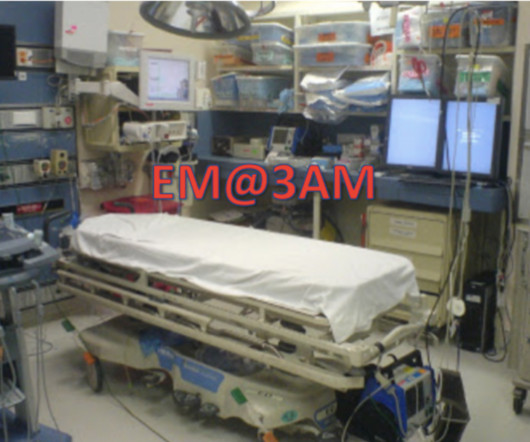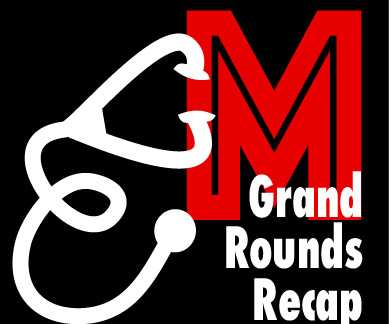Sniffing out Sepsis - Vibes vs Scoring Systems?
Taming the SRU
JULY 24, 2024
Early Physician Gestalt Versus Usual Screening Tools for the Prediction of Sepsis in Critically Ill Emergency Patients. Ann Emerg Med 2024 Background Sepsis remains an increasingly common emergency department condition that is tied to higher morbidity and mortality across the United States as well as the rest of the world.
































Let's personalize your content